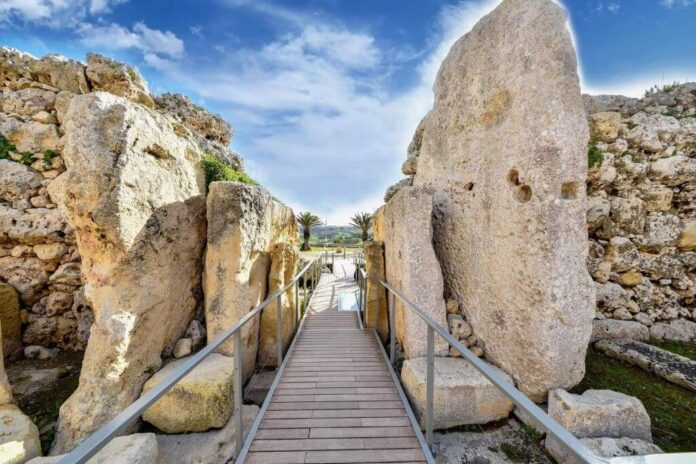Every civilization that has risen and fallen in Europe throughout the centuries has left behind architectural reminders of their customs and glories. Europe is home to tens of thousands of castles and forts, many of which are still standing or have been reduced to ruin. We’ll show you some of the oldest still-standing structures in Europe in this article.
1. Stonehenge
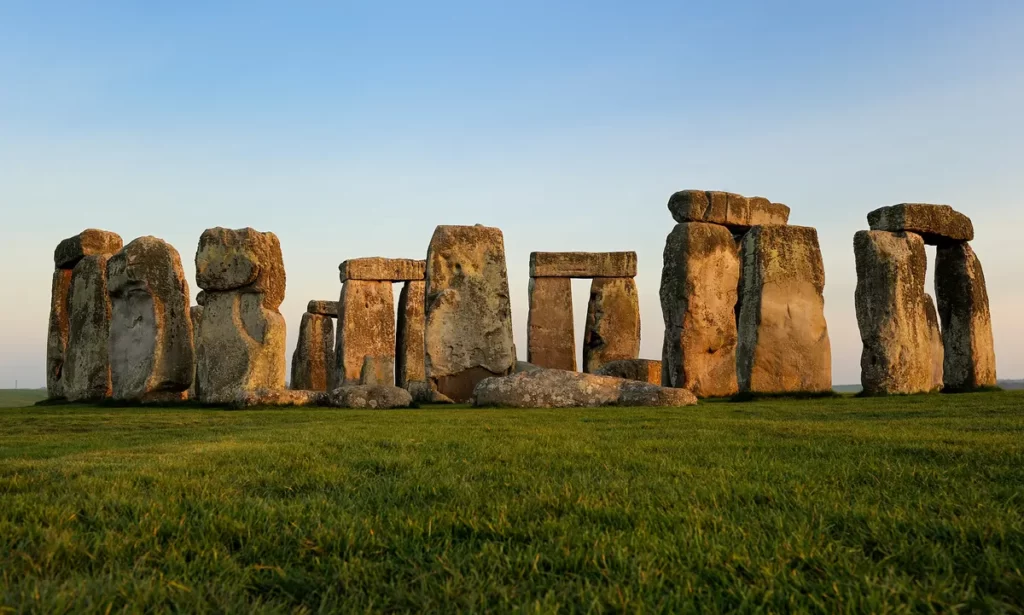
- Built around 3000 BCE.
- Location: Salisbury Plain, Wiltshire, England
One of the greatest mysteries in the world is the construction of Stonehenge in Wiltshire, England, over 5000 years ago. It is thought to be a Neolithic burial ground, but the mystery of how such enormous monoliths were built without the use of any contemporary technology or even the wheel remains unsolved.
According to historians, it took 1500 years for the building to be completed and serve its intended function. The ground was a burial site, according to archaeological data. However, historians thought it was a place for religious pilgrimages, ceremonial events, and a place where people might reconnect with their ancestors’ spirits. The structure is one of the Seven Wonders of the Modern World and draws numerous tourists every year.
2. Megalithic Temples of Malta
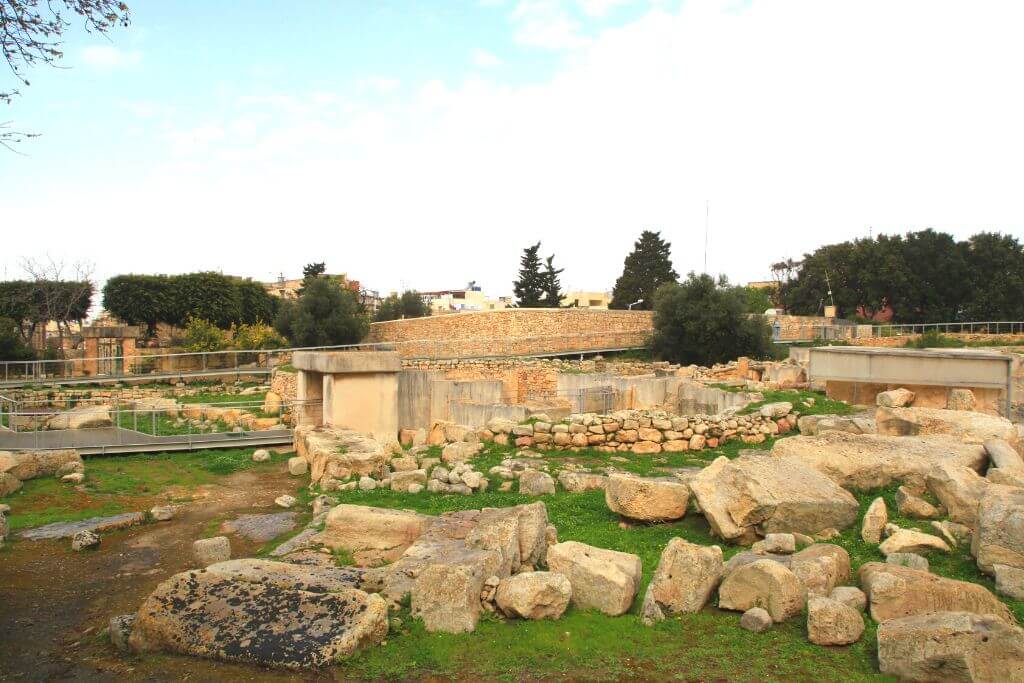
- Built-in 3600 BCE
- Location: Tarxien, Southern Malta
The Megalithic Temples of Malta are the oldest freestone standing structures in Europe, dating to roughly the 4th millennium BCE. Each of the seven temples was created separately and had a distinct architectural framework with a range of forms and shapes. The structures have a concave façade that expands from an elliptical frontal. The temples are a stunning illustration of the Tarxien people’s rich cultural heritage and intricate architectural traditions.
Given the disputes between the Maltese islands, the authorities are currently very concerned about conservation. Additionally, the excavations carried out in the 2010s exposed the site to climate risks such as erosion and deterioration. The authorities are taking short-term conservative measures to conserve this planet’s heritage.
3. Newgrange
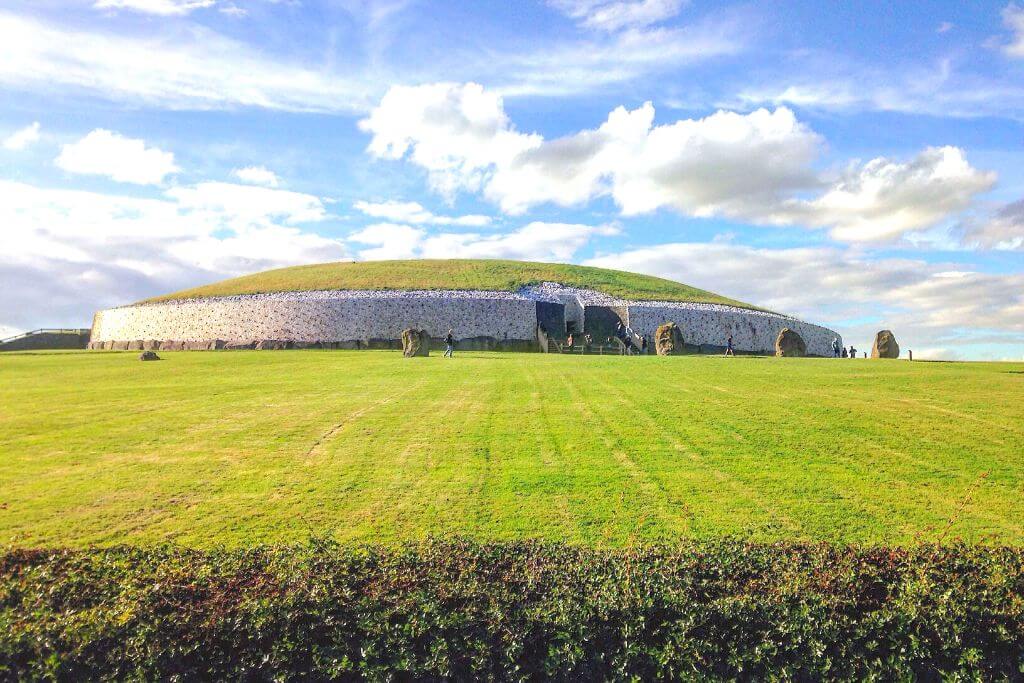
- Built in 3200 BC
- Location: Boyne Valley, Meath, Ireland
Newgrange is a significant example of the Irish region’s cultural legacy among the many historical sites in England, such as Ross Castle. This Neolithic structure predates both Stonehenge and the Giza Pyramids. One of the most significant megalithic structures in Europe, the building covers an area of 4500 square meters (just over an acre).
Initially thought to be a burial site, archaeologists now question Newgrange’s significance in light of subsequent finds. In 1993, the location was designated as a UNESCO World Heritage Site. Thousands of tourists stop by its mysterious beauty each year. The Winter Solstice occurrence at Newgrange, when sunlight streams directly through the rooftop box to illuminate the tomb’s inside, attracts a lot of tourists.
4. Skara Brae
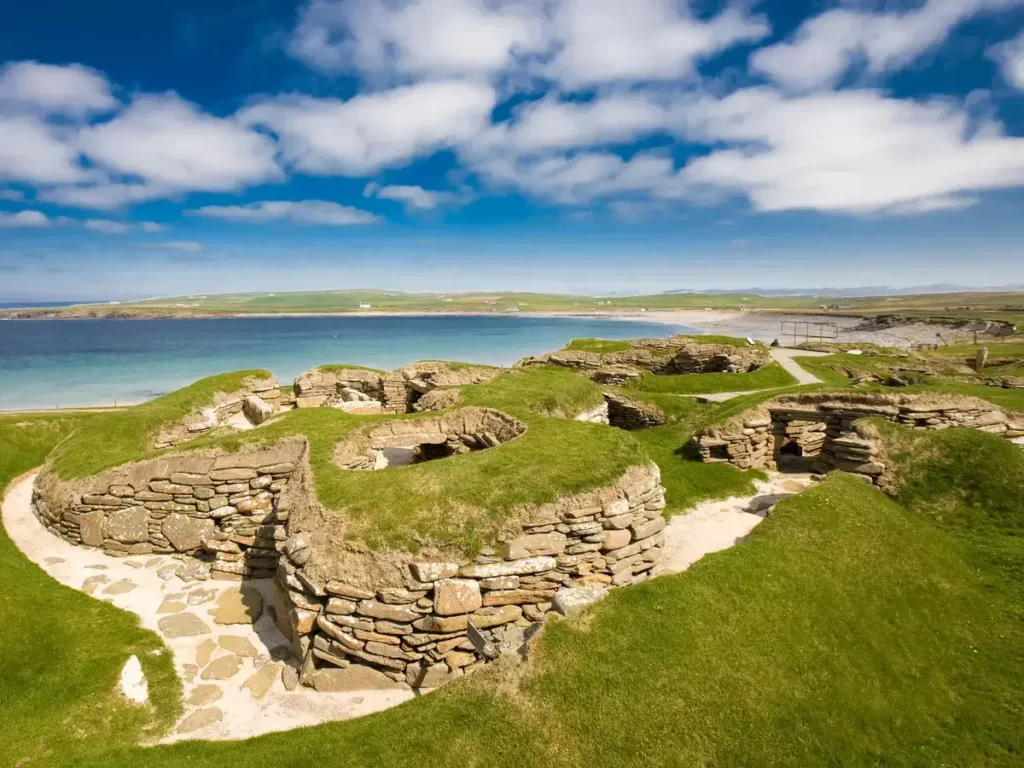
- Built in 3000 BC
- Location: Orkney Islands
Skara Brae, one of the first Neolithic communities ever discovered, is made up of ten stone constructions made of flagstones that were then covered in layers of soil to fill in the gaps and insulate the inner structures. While the furnishings for the homes was made from the same flagstones, the internal hearths were utilized to keep the spaces warm.
The structure is thought to be among the best preserved in all of Europe. The site’s presentation of Neolithic customs draws hundreds of tourists each year. When you visit Skara Brae, you’ll see a group of ancient circular homes connected by inside corridors.
5. Gray Cairns of Camster
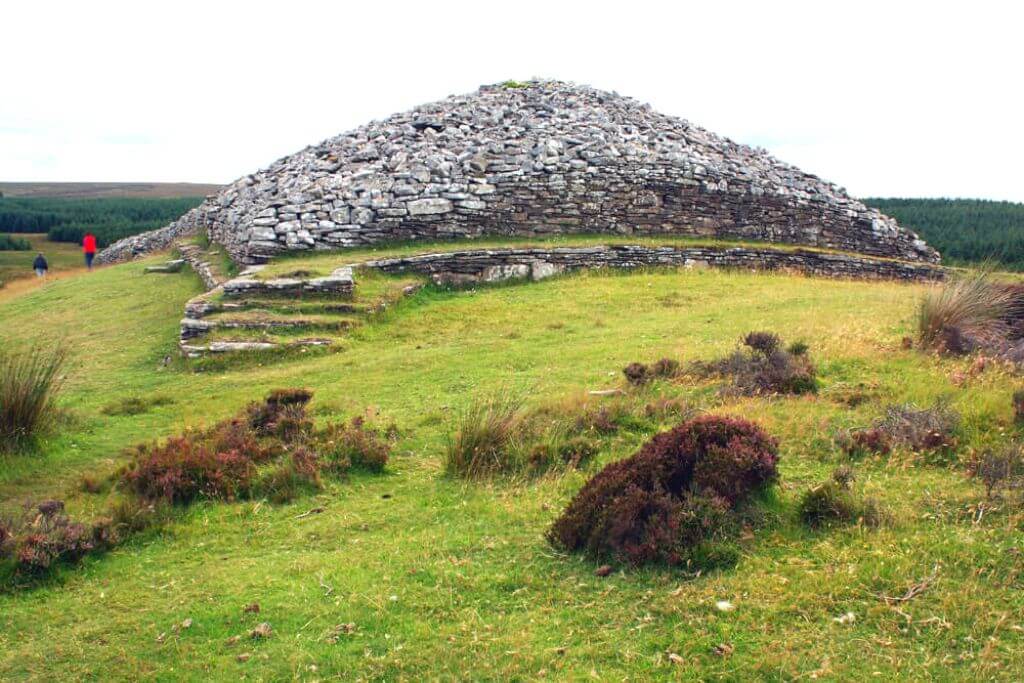
- Built in 4000 BC
- Location: Highland region of Scotland
The Cairns of Camster rank among Europe’s oldest structures and are among Scotland’s many historical treasures, including Braemar Castle. The Gray Cairns of Camster are said to have acted as burial grounds since they are two of the best Neolithic chambers that have survived through the ages.
The two cairns are different from one another in terms of look; the other, spanning 70 meters (76.5 yards) in length, extends out as a ridge. It is thought that the round cairn was built earlier. The cairn was originally shaped like a dome, but today its stone roof has mostly overflowed over the curb.
Of the two, the ridge cairn is the more interesting. The building appears to have a forecourt because of the two protruding horns on either end. Over time, two interior chambers that once connected to the east side of the mound have disintegrated. Despite the fact that the location is thought to be funerary, no graves or burials were discovered during the recent excavation.
6. Ggantija, Malta
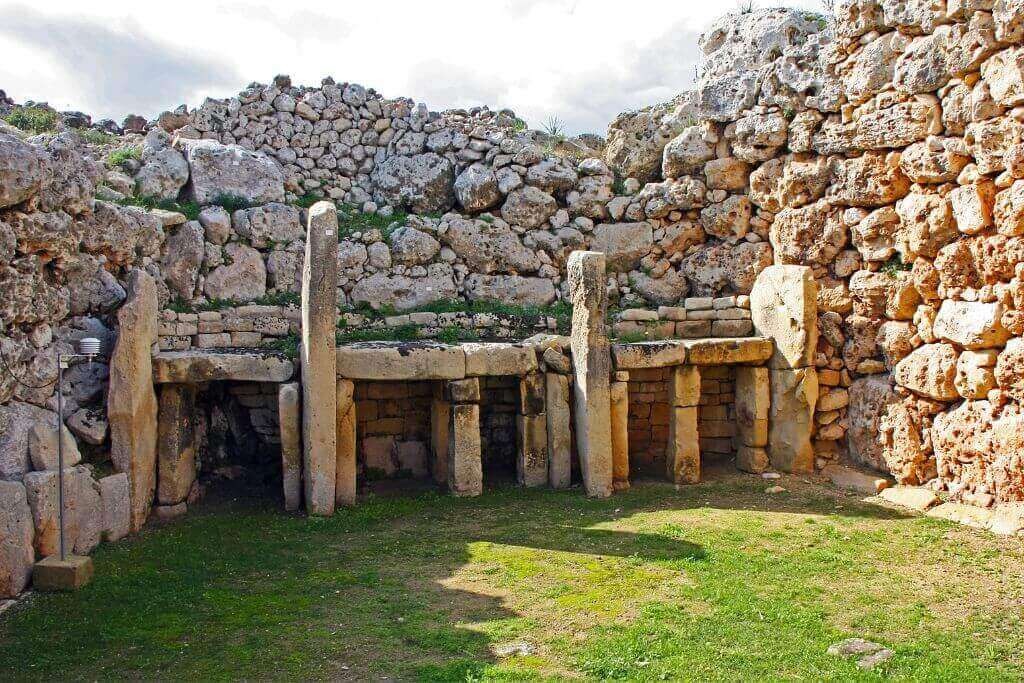
- Built in about 3600 BC
- Location: Island of Gozo, Malta
The Ggantija Temples in Malta date back to 3600 BC, and their name comes from the Maltese word “ggnat” for giants. The temples were in use until 2500 BC when they ceased to be so. It wasn’t until the nineteenth century that they were found. The temples were thought to have been built and utilized by giants, as their name suggests. The length of the limestone blocks used to construct the temples, which exceeded 5 meters (16.4 ft), lends credence to the legend.
Other ancient artefacts and several statues were also retrieved from the temples. These items are on display in the Gozo Museum of Archeology. In addition, visitors can learn more about Neolithic life in depth at the recently built Interpretation Center at the Ggantija Temples.
7. The Cairn of Barnenez
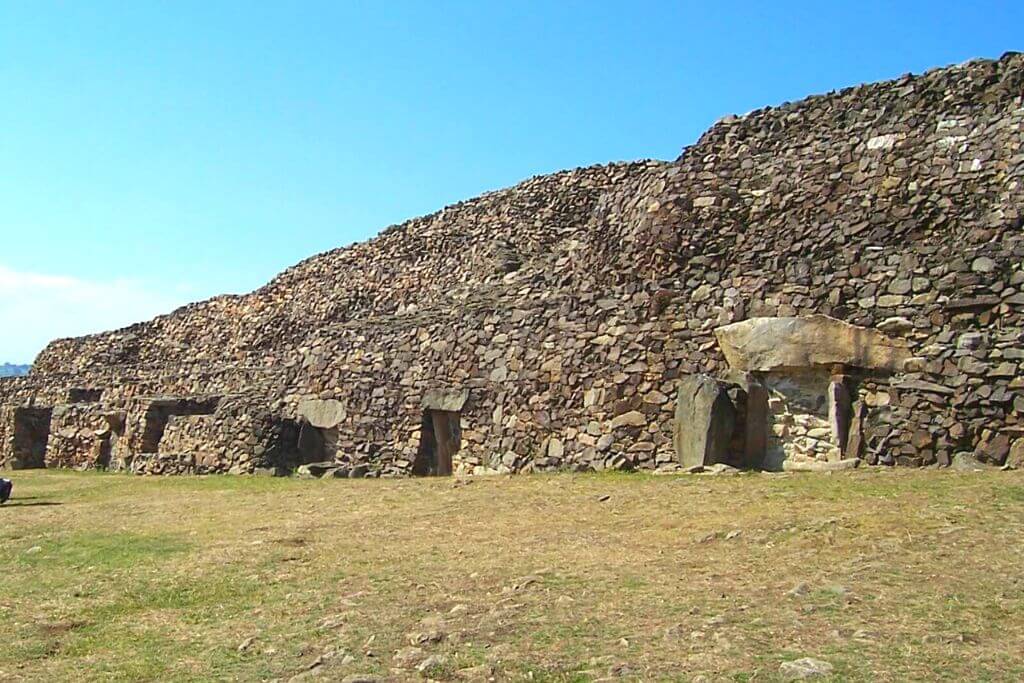
- Built in 4200 BC
- Location: Plouezoc’h, France
The Pyramids of Giza were not completed until after the 4200 BC construction of the Cairn of Barnenez. The cairn is regarded as one of Europe’s biggest and oldest mausoleums. It contained two burial chambers, the first of which was constructed around 4500 BC and the second a few hundred years later. The location was utilized as a quarry for a longer period of time, up to the 1950s, which negatively affected the cairns’ stability and caused several of the chambers to collapse.
The Carin is not totally accessible to the general public. While certain chambers are closed for conservation reasons, others are partially exposed to visitors. Numerous Neolithic artefacts, including pottery, spears, axes, and arrowheads, were found during the excavations and are now on exhibit in the tourist centre.
8. Tumulus of Bougon
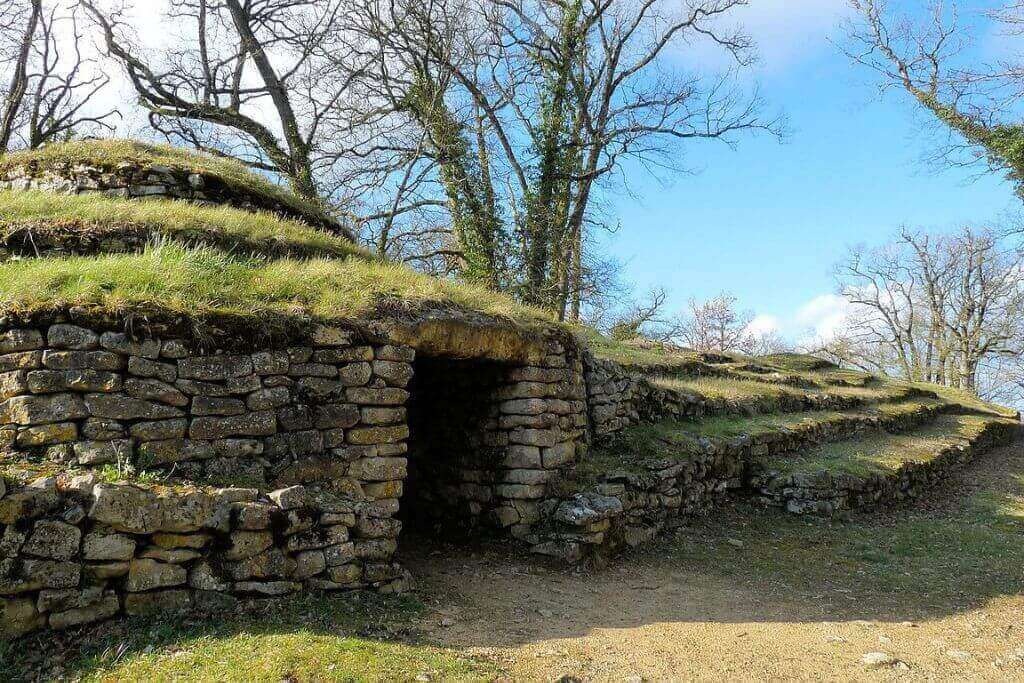
- Built in 3000 BC
- Location: Bougon, France
The Tumulus of Bougon, sometimes infamously known as the Necropolis of Bougon, is one of the earliest still-existing megalithic constructions in West France. The tumulus is made up of five different barrows, each with a distinctive architectural style. Human burial remains can be seen in the barrows.
The tumulus was found in the 19th century and has since undergone extensive excavations to determine the importance of the building. The museum next to the tumulus has a number of relics and archaeological discoveries on exhibit.
